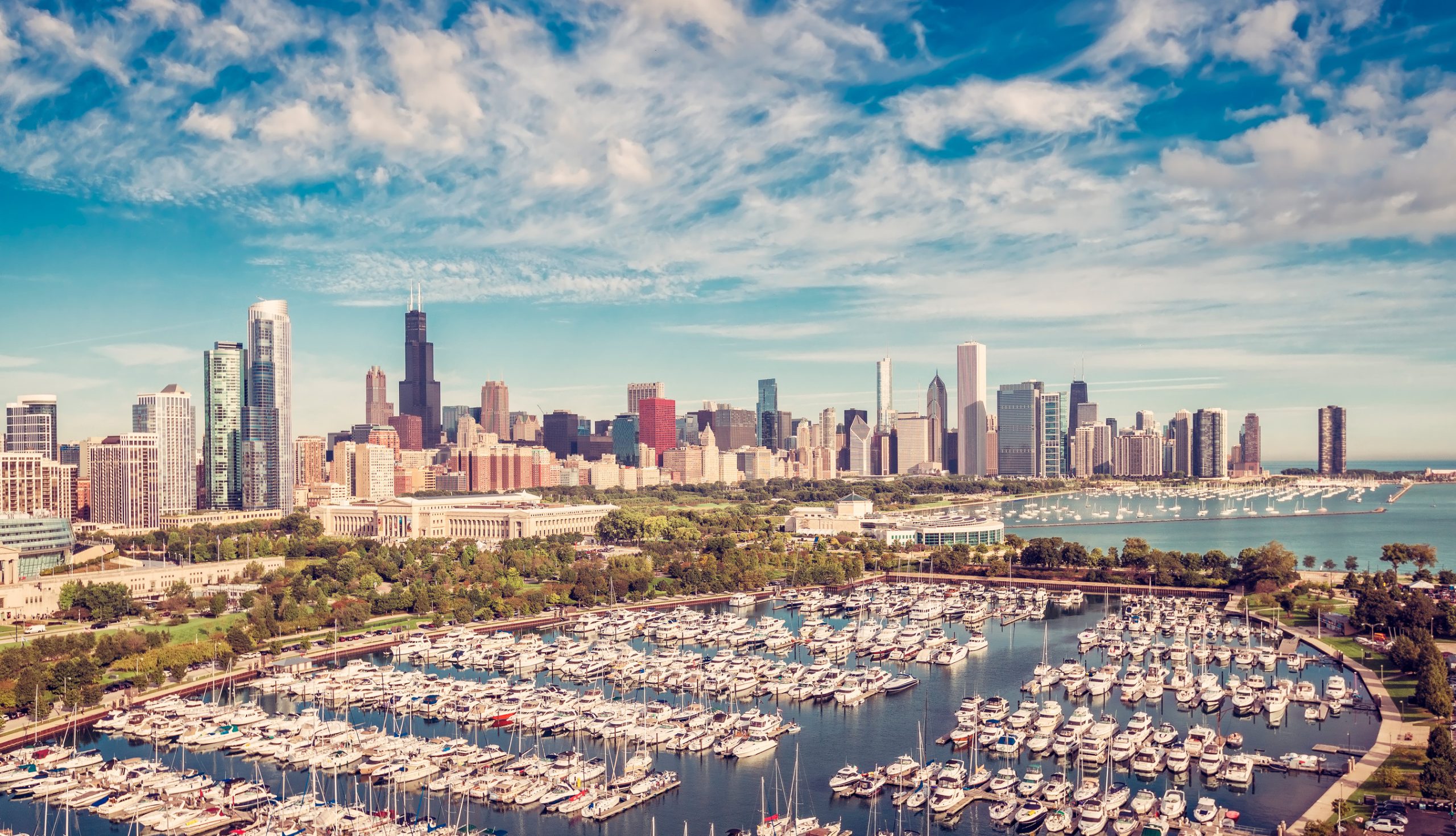For years, Americans have gravitated toward cities that promise good jobs, great schools, and safe neighborhoods. But not all well-loved cities are holding onto their populations. In fact, some of the most livable urban areas are experiencing a slow, steady decline in residents, even as they continue to earn high marks for quality of life.
These shifts aren’t driven by crime or economic collapse but by more subtle forces: rising costs, changing work patterns, and lifestyle preferences.
San Francisco, California
San Francisco has long been a beacon for innovation, diversity, and world-class scenery. The city offers a temperate climate, vibrant neighborhoods, and access to tech jobs that have made it a magnet for decades. However, the high cost of living, especially in terms of housing, is pushing many longtime residents away. Remote work has made it easier for people to live elsewhere without sacrificing their careers. While the Golden Gate still shines bright, more people are crossing it on their way out than on their way in.
Boston, Massachusetts
Boston is home to some of the world’s best hospitals, universities, and historical landmarks. The city boasts walkable neighborhoods, top-tier public transit, and a robust cultural scene. Still, rising housing prices and brutal winters have started to tip the scales for some. Families and retirees alike are seeking more affordable and temperate alternatives in other parts of the country. Despite its many advantages, Boston is facing a quiet exodus that could reshape its future demographics.
Seattle, Washington
Nestled between Puget Sound and the Cascade Mountains, Seattle is famous for its natural beauty, booming tech industry, and progressive values. Thanks to access to outdoor recreation and a strong job market, it consistently ranks high in quality-of-life surveys. However, skyrocketing housing costs and increasing traffic congestion are taking their toll. A growing number of residents are opting for smaller, more affordable communities in the Pacific Northwest. As much as people love the Emerald City, the price of staying there keeps getting steeper.
Minneapolis, Minnesota
Minneapolis is a city that blends urban culture with an appreciation for nature, offering residents access to lakes, bike trails, and green spaces. It has a relatively low cost of living for a major metro, and its residents tend to report high levels of satisfaction. Yet, harsh winters and recent civil unrest have spurred some to leave. There’s also a perception of economic opportunities plateauing compared to faster-growing metros elsewhere. The city remains deeply livable, but the population numbers suggest that not everyone is staying to enjoy it.
Chicago, Illinois
Chicago is a cultural powerhouse, home to world-renowned architecture, cuisine, and museums. Its public transportation system is extensive, and its neighborhoods offer a unique city life flavor. However, concerns around crime in certain areas, coupled with high property taxes and fiscal mismanagement at the state level, have caused a slow trickle of departures. Middle-class families are especially likely to seek out smaller cities or suburbs in other states. Even with its rich history and cultural appeal, Chicago is watching its population decline year after year.
Portland, Oregon
Portland is celebrated for its eco-conscious ethos, artisanal coffee shops, and quirky charm. It draws creatives, nature lovers, and those seeking a slower urban pace. But political tensions, rising homelessness, and increasing housing costs have led many to reconsider their Portland dream. The city is also grappling with perceptions of public safety and declining downtown vitality. While Portland’s lifestyle perks remain, they’re no longer enough to keep some residents from moving on.
New Orleans, Louisiana
New Orleans offers a cultural experience like no other, with its music, cuisine, and festivals woven into daily life. The cost of living is relatively low, and the sense of community is strong in many neighborhoods. However, concerns about climate change, hurricanes, and infrastructure continue to push people away. Economic inequality and limited job growth in some sectors have also contributed to the slow decline. As beloved as the Big Easy is, more and more residents are deciding that the risks outweigh the rewards.
Honolulu, Hawaii
Honolulu paints a picturesque life: beaches, sunshine, and a laid-back island pace. The city regularly ranks high in happiness and health indexes thanks to its climate and lifestyle. But the cost of living—particularly housing and groceries—is staggering. Add limited job opportunities outside tourism and government, and it’s easy to see why some locals are relocating to the mainland. Paradise, it seems, comes at a cost that fewer people are willing to pay.
A Shifting Urban Landscape
The slow population decline in these cities doesn’t necessarily signal their downfall, but it does point to changing values, economics, and priorities. People are asking themselves whether a high quality of life on paper is sustainable in the face of rising costs, weather challenges, or political shifts. What makes a city livable is evolving, and places that were once seen as obvious winners may have to work harder to hold onto their residents. In many cases, these are not dramatic exits but gradual trends that build over time. If these cities want to maintain their appeal, they’ll need to adapt to the needs of the next generation of urban dwellers.
What do you think? Are these cities still worth sticking around for, or are the drawbacks too much to ignore? Add your thoughts or leave a comment—your insight could help paint a fuller picture of what’s really going on.
Read More
The 8 Most Overpriced College Programs in America
These 9 Underrated U.S. Cities Are Secret Retirement Havens (And No One’s Talking About Them)


